
The Celts were warriors, spiritual leaders, and skilled artisans with traditions that shaped their way of life. Their rituals, battle tactics, and social structures set them apart in ancient history. Some customs puzzled even the Romans, while others revealed a highly organized society. Explore ten defining aspects of their culture and warfare that offer a deeper look into their world.
Druids Held The Power
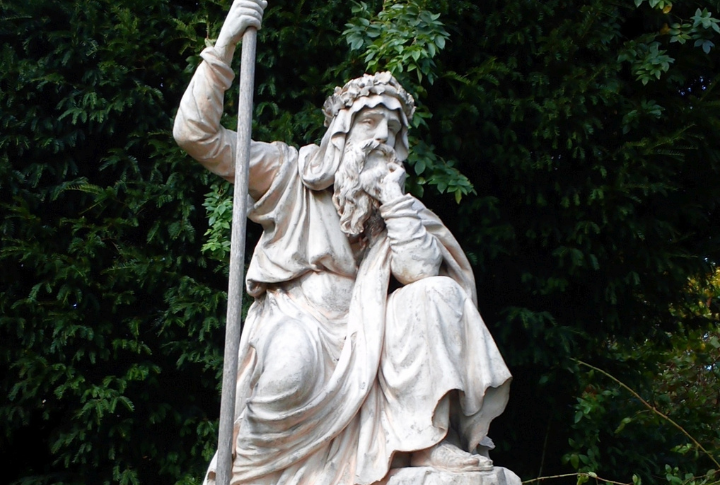
It is believed that the druids ruled the Celts from the shadows! These enigmatic figures controlled laws and conducted religious rites. While Julius Caesar documented their rituals, including sacrifices, the extent of their war influence remains debated. Their power was so feared that Rome sought to wipe them out.
Elaborate Warrior Burials
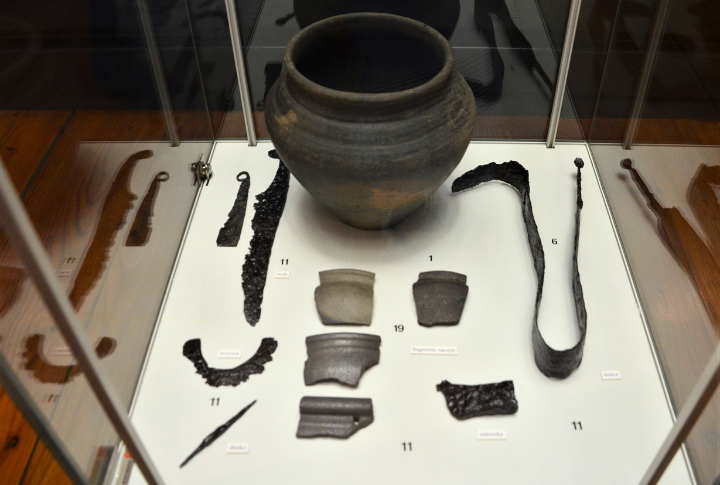
For them, the afterlife needed a splash. Chieftains were buried with lavish goods—gold, weapons, and even feasting sets. The Vix Grave in France housed a Celtic princess alongside a massive bronze cauldron big enough to hold 300 gallons of mead! Apparently, the Celts planned to throw banquets in the afterlife.
Wolf Symbolism
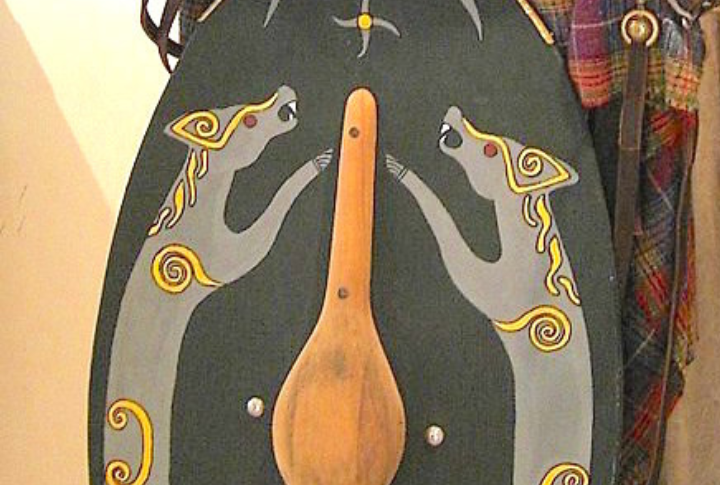
Wolves were more than wild animals; they were warrior spirits. Celtic fighters often donned wolf pelts, howled before battle, and took on lupine names. The Volcae, a tribe named after wolves, believed in fighting with the ferocity of the pack. A notable artifact featuring wolf symbolism is the Tandragee Idol, a Celtic stone figure discovered in Tandragee, Northern Ireland.
Warrior Queens Who Led Armies
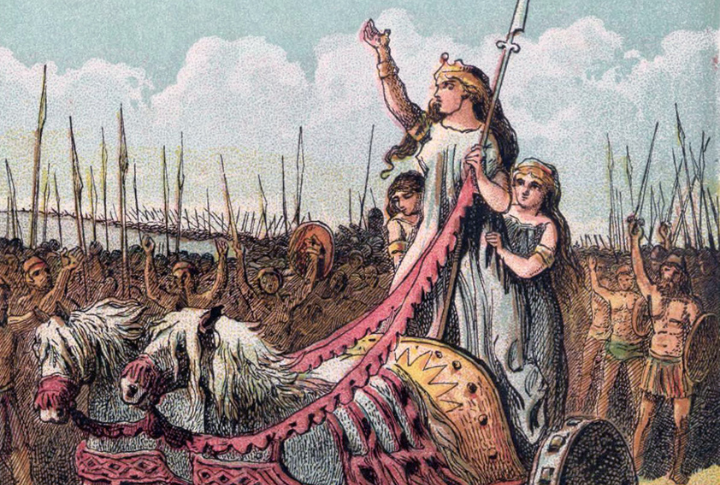
Boudicca was their warrior queen that burned entire cities. She led the biggest anti-Roman uprising in Celtic history. She destroyed Londinium and massacred thousands. Her fury, fueled by a need for vengeance, made her a legend. Unlike most ancient cultures, they had no problem following a female leader into war.
Sacred Lightning And Fire Beliefs
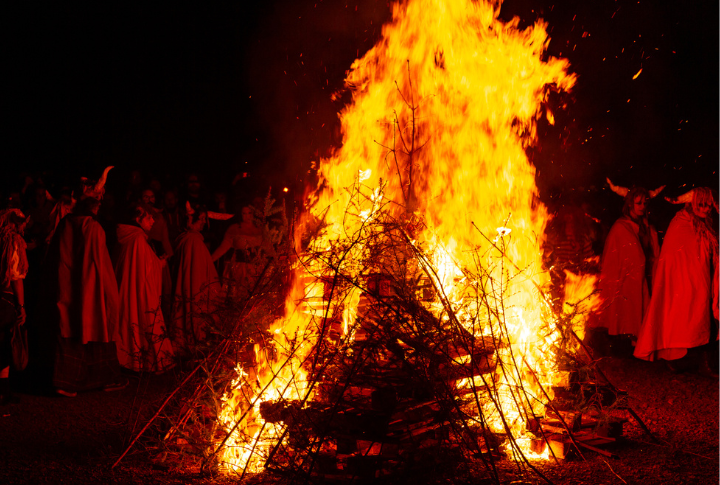
Thunder to them was their gods making themselves known. They saw lightning strikes as divine messages. They worshipped Taranis, a thunder god, and believed fire held sacred power. Some warriors carried embers from ritual flames into battle for protection, which fortified the spiritual link between war and the elements.
The Secret Language Of The Ogham Script
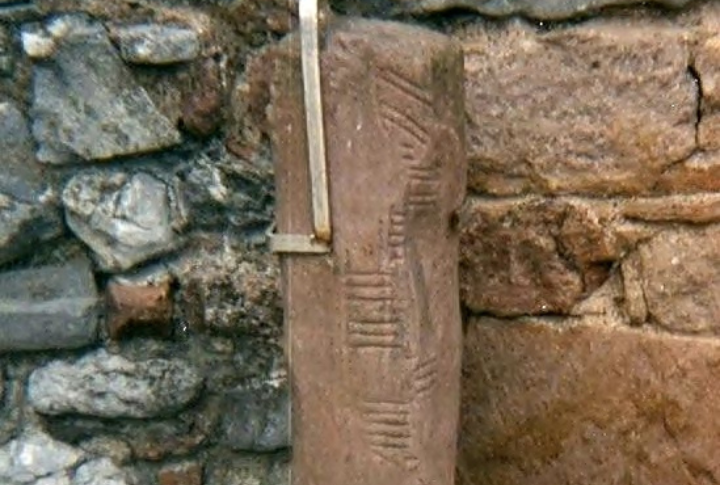
Forget simple alphabets—Ogham was an ancient Celtic code. This tree-inspired writing system lined stones and memorials. Though once thought to be a secret Druidic language, modern linguistics suggests it was primarily used to mark land, record names, and create memorial inscriptions rather than hide sacred knowledge.
Mysterious Underground Sanctuaries
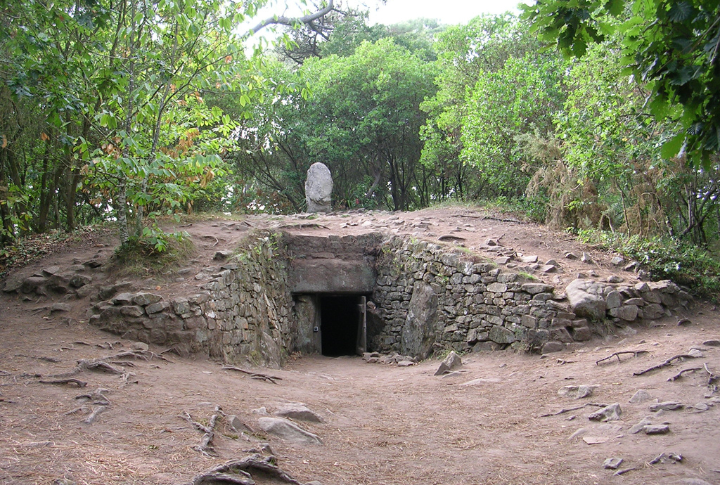
Beneath the earth, the Celts built hidden ritual sites known as souterrains, underground chambers used for storage or sacred ceremonies. Some were lined with stone, while others contained ritual deposits like weapons and even human remains. Many historians debate their exact purpose.
Celtic Warriors Preferred Death To Dishonor

Defeat wasn’t an option—death was better. Celts would rather perish than surrender, choosing self-sacrifice over disgrace. Romans were baffled by this defiant nature, witnessing warriors impale themselves rather than fall captive. To them, a noble end meant immortality in legend among their people.
Skilled Blacksmiths

Their blacksmiths were magicians of metal. Their iron weapons outmatched Roman steel and featured craftsmanship ahead of its time. Chainmail, intricate torches, and leaf-bladed swords set them apart. Even today, archaeologists marvel at their lost metallurgical secrets, which sustain the marvel at the Celts’ mastery of war and craft.
Women’s Place And Justice In Celtic Society
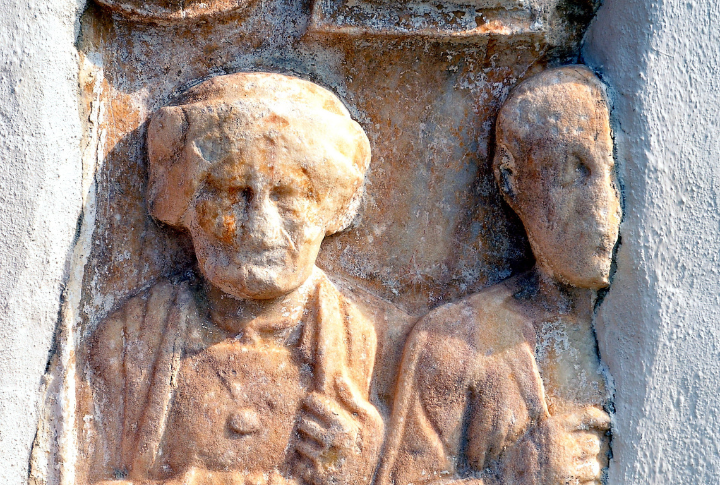
Unlike many ancient civilizations, Celtic women had significant rights. They could own land and divorce their husbands. They were allowed trial marriage options, followed by annulment, if unsatisfied. Women could seek reparations through tribal law and were allowed to avenge themselves. They also held influential roles as poets, druids, and judges.

